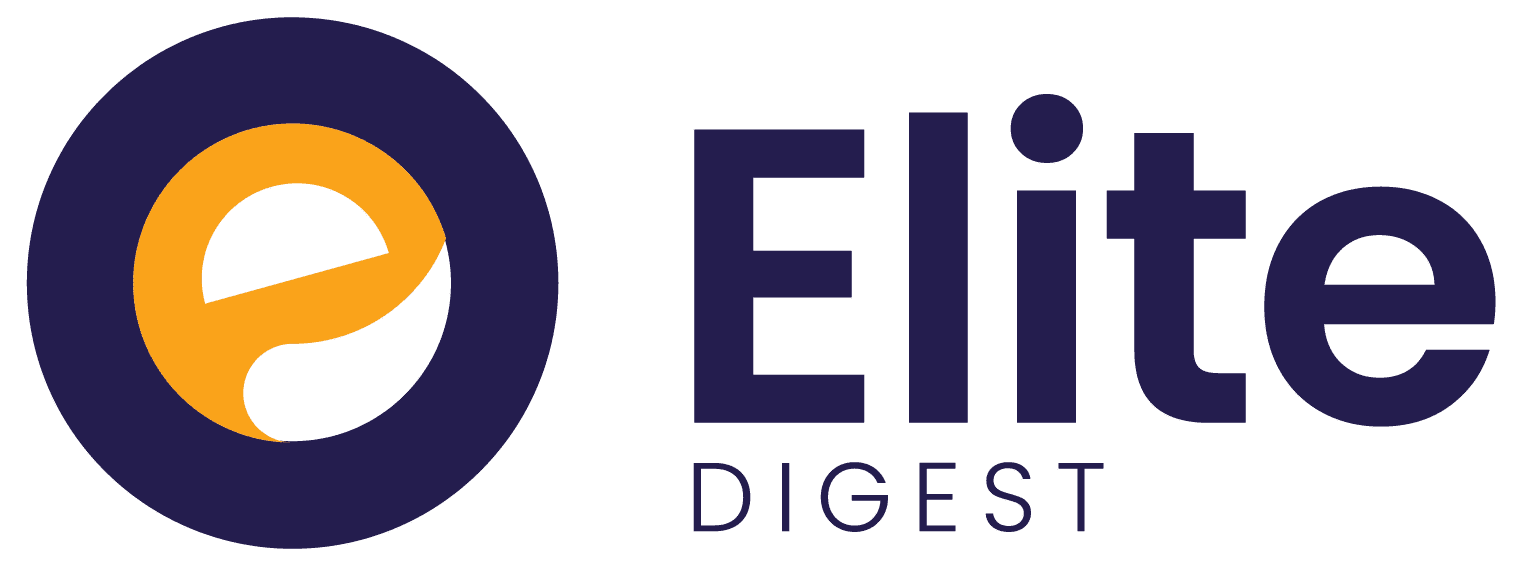Product design is an essential part of the technology sector, and it entails the process of creating and developing goods that satisfy the requirements of users while also being in line with the objectives of the organization. Creativity, technical dexterity, and the ability to think critically are all prerequisites for entry into this field. This article will provide a complete reference to the profession of product designer, covering topics such as income ranges, job security, tools and technology stacks, essential skills, best countries to work in, career possibilities, and related titles.
Responsibilities of a Product Designer
The responsibilities of a Product Designer can vary depending on the industry, company, and specific role. However, here are some common responsibilities associated with this profession:
- Research and Analysis:
- Conduct market research to understand user needs, preferences, and trends.
- Analyze competitors’ products and identify opportunities for improvement or differentiation.
- Collaborate with stakeholders to gather requirements and define product goals.
- Concept Development and Ideation:
- Generate ideas and concepts for new products or product features.
- Create sketches, wireframes, or prototypes to visualize and communicate design concepts.
- Collaborate with cross-functional teams (e.g., engineers, marketers) to refine concepts based on technical feasibility, business goals, and user feedback.
- User-Centered Design:
- Apply user-centered design principles to ensure products meet the needs and expectations of the target audience.
- Conduct user research, usability testing, and user feedback sessions to gather insights and validate design decisions.
- Develop user personas, user journeys, and other design artifacts to guide the design process.
- Interaction Design and User Interface (UI) Design:
- Design intuitive and user-friendly interfaces for digital products or software applications.
- Create wireframes, mockups, and prototypes to visualize and communicate interaction flows and UI elements.
- Define and document UI guidelines, patterns, and standards to maintain consistency across products or platforms.
- Collaboration and Communication:
- Collaborate with cross-functional teams, such as engineers, marketers, and product managers, to align design goals with business objectives.
- Present design concepts and recommendations to stakeholders, explaining the rationale behind design decisions.
- Work closely with developers to ensure accurate implementation of design specifications.
- Iterative Design and Prototyping:
- Iterate and refine design concepts based on user feedback, usability testing, and technical constraints.
- Create high-fidelity prototypes or interactive mockups to demonstrate the functionality and user experience of the product.
- Conduct usability testing on prototypes to validate design choices and gather further insights for improvement.
- Design Documentation:
- Create design specifications, style guides, and design documentation to ensure consistent implementation across different platforms or products.
- Provide clear and detailed design assets and specifications to developers for implementation.
- Maintain an organized design file system and version control to facilitate collaboration and handoff.
- Stay Updated with Design Trends and Tools:
- Stay current with design trends, industry standards, and emerging technologies relevant to product design.
- Familiarize yourself with design software, prototyping tools, and other relevant technologies to enhance your design process and collaboration with other team members.
Qualifications and Training for a Product Designer
To become a Product Designer, you typically need a combination of education, skills, and practical experience. Here are the qualifications and training commonly sought after for this role:
- Education:
- Bachelor’s Degree: While not always mandatory, a bachelor’s degree in a relevant field such as Product Design, Industrial Design, Interaction Design, or a related discipline can provide a strong foundation in design principles, theory, and methodology.
- Design Skills:
- Design Thinking: Gain an understanding of the design thinking process, which involves empathizing with users, defining problems, ideating solutions, prototyping, and testing.
- User-Centered Design: Learn how to place users at the center of the design process, focusing on their needs, preferences, and behaviors.
- Visual Design: Develop skills in visual design principles, including color theory, typography, layout, and composition.
- Sketching and Prototyping: Acquire proficiency in sketching concepts by hand and using design software to create wireframes, mockups, and interactive prototypes.
- User Interface (UI) Design: Learn UI design principles and best practices for creating intuitive and visually appealing user interfaces.
- Technical Skills:
- Design Software: Familiarize yourself with design software such as Adobe Photoshop, Adobe Illustrator, Sketch, Figma, or other industry-standard tools.
- Prototyping Tools: Gain experience with prototyping tools like InVision, Marvel, Framer, or Axure to create interactive prototypes.
- 3D Modeling: If working in physical product design, proficiency in 3D modeling software like SolidWorks, Rhino, or AutoCAD may be required.
- Design Research and User Testing:
- User Research: Develop skills in conducting user research, such as interviews, surveys, and usability testing, to understand user needs and validate design decisions.
- Usability Testing: Learn techniques for testing designs with users to gather feedback, identify usability issues, and make iterative improvements.
- Collaboration and Communication:
- Teamwork: Enhance your ability to collaborate effectively with cross-functional teams, including engineers, product managers, and marketers.
- Communication Skills: Develop strong verbal and written communication skills to present and articulate design concepts, explain design decisions, and provide feedback.
- Portfolio:
- Build a strong design portfolio that showcases your skills, creativity, and problem-solving abilities. Include a variety of projects that demonstrate your ability to solve design challenges and communicate your design process.
- Practical Experience:
- Gain practical experience through internships, co-op programs, or entry-level positions in design or related fields. This allows you to apply your skills in real-world projects, work with multidisciplinary teams, and understand the design industry.
- Continued Learning:
- Stay updated with the latest design trends, tools, and methodologies through continuous learning.
- Attend design conferences, workshops, webinars, and join design communities to network and learn from industry professionals.
Remember that the specific qualifications and training requirements can vary depending on the industry, company, and job position. It’s essential to research the requirements of the organizations or sectors you are interested in to tailor your skills and qualifications accordingly.
Average Salary of a Product Designer
According to Glassdoor, the average salary for a Product Designer in the United States is $97,000 per year. LinkedIn reports a similar figure, with an average salary of $96,000 per year. On Dice, the average salary is slightly lower, at $85,000 per year. Payscale reports a range of salaries, with the average being around $78,000 per year.
Job Outlook for a Product Designer
Job security in the product design industry is relatively stable, as companies will always need product designers to develop and improve their products. There are also many opportunities for product designers, particularly in the tech industry. Many tech startups and established companies are always looking for skilled product designers to join their teams.
The future of product design looks bright, with an increasing demand for innovative and user-centered products. The product design industry is expected to grow at a rate of 3.3% between 2020-2025, with a projected market value of USD 27.8 billion by 2025.
Related Titles to Product Designer.
Product design is a multi-disciplinary field, and there are several related titles to product designer, including:
Industrial Designer – Industrial designers focus on designing products for mass production, such as furniture, appliances, and electronics.
UX Designer – UX designers focus on designing products that are user-friendly and intuitive, such as websites and mobile applications.
UI Designer – UI designers focus on designing the user interface and visual elements of digital products, such as websites and mobile applications.
Interaction Designer – Interaction designers focus on designing the interactions between users and digital products.
Graphic Designer – Graphic designers focus on creating visual




